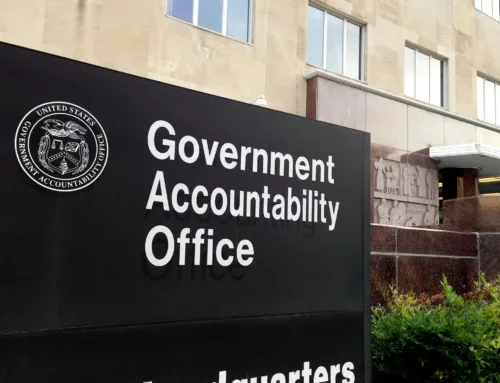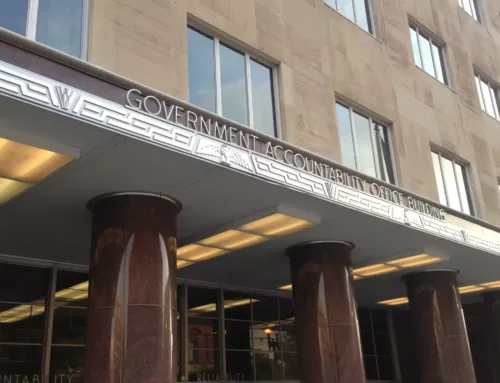With the passage of the stimulus package, project sugar plums started dancing in the heads of community and state leaders. Many already had lists of worthy projects sitting on the back burner, but others began dreaming up creative ways to spend the money. The real question for taxpayers will be whether we get the economic bounce we were promised or simply a spending nightmare.
Back in January we pointed out research on the best methods for stimulating a sagging economy. Since that report, $787 billion in federal spending and tax cuts has been slated for deployment. Near the top of the list of best bang for the buck was spending on infrastructure.
Already there are scores of stories about projects being pursued. They run the gamut from water pipe replacement to streetscaping. They also reveal some of the pitfalls that loom for the stimulus.
- In Vermont, some communities are up in arms because the emphasis on “shovel-ready” projects seems to be displacing higher priority public works improvements. The state’s ranking system is driving water infrastructure funding toward smaller, more immediate improvements to private drinking water systems, while a corroded 150-year old drinking water pipe in Rutland, and projects like it, languish.
- Danville, Illinois is poised, after 20 years, to pave its minor league baseball team’s parking lot. While this won’t come from stimulus funding, the community has voiced concern that other work funded by the stimulus will drive up the demand and cost for the materials and labor and may force them to defer their project. Then again, driving up demand is exactly what the stimulus is intended to do, with unemployment on the rise and construction materials piling up in warehouses.
- Bloomberg News reported on an $11 million overpass project that Redmond, WA is trying to get funding for to construct an overpass connecting two Microsoft Corporation campuses. The project has already gone over budget. Rather than make Microsoft dig further into their deep pockets (they are paying 70 percent of the original project cost), Redmond is trying to tap Uncle Sam and the stimulus funding for the overrun – in effect substituting public money for private and reducing the stimulus effect.
These are just a few examples that help reveal the scope of the challenges with the stimulus – the push to quickly move money from federal agencies to the states and then to communities. Congress needs to be vigilant watching our tax dollars. The federal stimulus web site, www.recovery.gov , has started posting weekly reports on federal agencies’ spending, and all but four states have stimulus tracking web sites. Oregon’s , for example, is set up to track spending by county. And a federal oversight panel for the stimulus has been established.
Some economists argue that it doesn’t matter much how the stimulus money is spent, just that is spent. We beg to differ. This is an enormous investment and debt we are undertaking. We need assurance the money is spent wisely and appropriately and we need maximum bang for the buck, otherwise too much treasure will be squandered on second tier, non-critical projects while other enormous infrastructure challenges facing the country remain – basically the equivalent of resurfacing the driveway when you need to replace your roof.
Following the money is a daunting challenge. The internet tracking system leaves much to be desired. But TCS will do our best to document and reveal where our precious taxpayer dollars are going and why. We will be highlighting waste and supporting smart decisions. We urge you to help us. Let us know what is going on with stimulus funding in your community, in your state. Now that the checks are being written, the stakes are too high to let a penny go to waste.










